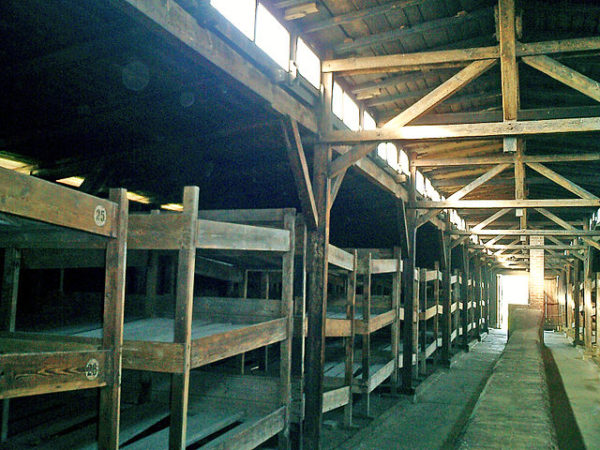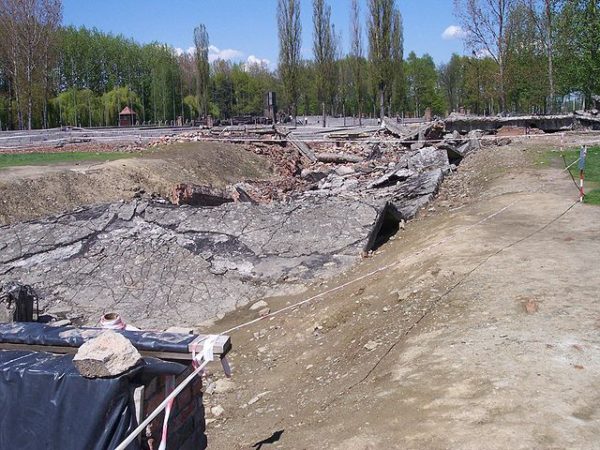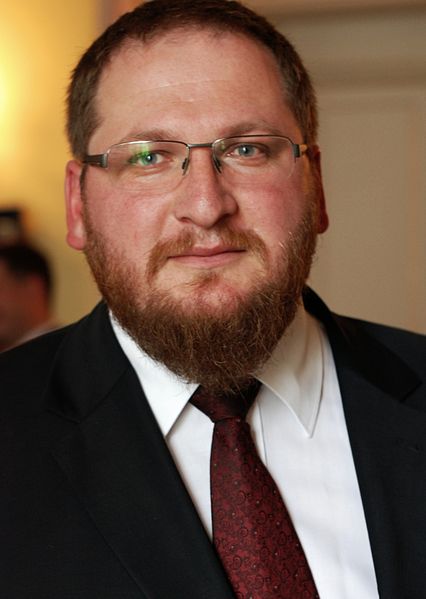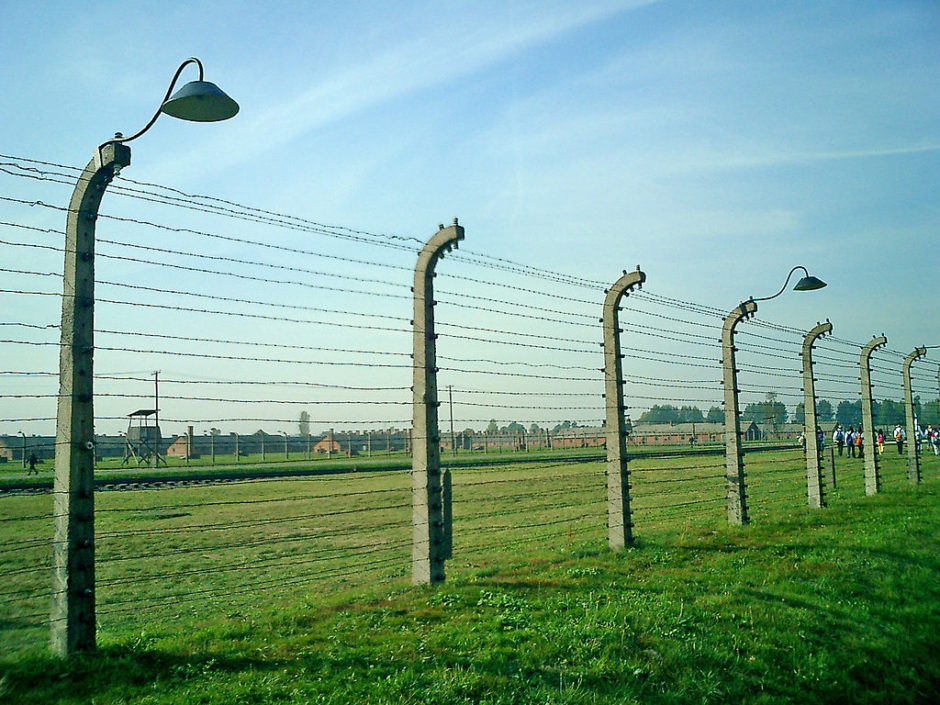When I last visited the sprawling site of the former Auschwitz-Birkenau concentration camp, I knew I had seen one of the most diabolical and depraved places on the planet. The bleak barracks, the barbed wire fences, the guard posts, the gas chambers and the ruins of crematoria reminded me of the lengths Nazi Germany went to exterminate the Jews of Europe.

Of the six million Jews claimed by the Holocaust, nearly one million lost their lives in Auschwitz-Birkenau, a facility designed for mass murder on an industrial scale. Apart from Jews, Poles, Roma and Soviet prisoners of war were also murdered here in cold blood. Liberated by the Red Army on January 27, 1945, it was converted into an outdoor museum/memorial in 1947 to pay tribute to its 1.1 million victims and remind the world of the dangers posed by fascism and antisemitism.
I paid my first visit in 1977, and although I was dismayed by the sight of insensitive visitors licking ice cream cones as they nonchalantly toured the chilling complex, I immediately realized that its prime importance is as an educational center.

Thanks to its preserved buildings and its permanent and temporary exhibitions, Auschwitz-Birkenau drives home the point that racism is an insidious phenomenon capable of unleashing the most terrible crimes against humanity. Presumably, many visitors leave its grounds with this lesson in mind and with the knowledge that Holocaust denial is beyond absurd.
Last year, the Auschwitz-Birkenau State Museum hosted more than two million visitors, many of whom were students from Poland and abroad. And while this is quite an impressive figure, it represents only a drop in the ocean, so to speak. Most people, for whatever reasons, will never set foot in this killing field and thus will be deprived of the opportunity to understand or better understand one of the seminal tragedies of the 20th century.

From this perspective, the recent decision by the Auschwitz-Birkenau State Museum to organize a travelling exhibition of some of its artifacts is to be applauded. The exhibition, due to inaugurated toward the end of 2017, will be sent to 14 cities in Europe and North America over the next seven years.
“We have never done anything like this before and it’s the first project of this magnitude ever,” Piotr Cywinski, the director of the museum, told The New York Times in announcing the project. “We had been thinking about this for a long time, but we lacked the know-how.”

Musealia, a Spanish company with expertise in staging exhibits, will be in charge of designing, transporting and installing the exhibition.
The museum is donating 835 of its 1,150 pieces, and the rest will be on loan from Yad Vashem — the Holocaust museum and memorial in Jerusalem — and Holocaust survivors.

The artifacts, tracing the history and scope of the Holocaust, range from a freight car that transported Jews to Auschwitz-Birkenau to a tin canister containing the Zyklon B pellets that were dropped into the gas chamber.
At a time when racism and antisemitism are on the rise in Europe, this exhibition has the potential to be an edifying and enlightening experience for possibly millions of Europeans and North Americans.
